Part of the joy of serving abroad is learning about the culture of those you are helping. Because of your generosity, 23 students are learning to sew at the WWV sewing center this year! This vocational training program can significantly change lives… but how?
Two students who are part of the WWV sewing program are working hard to improve their sewing skills and are halfway through the one-year program.
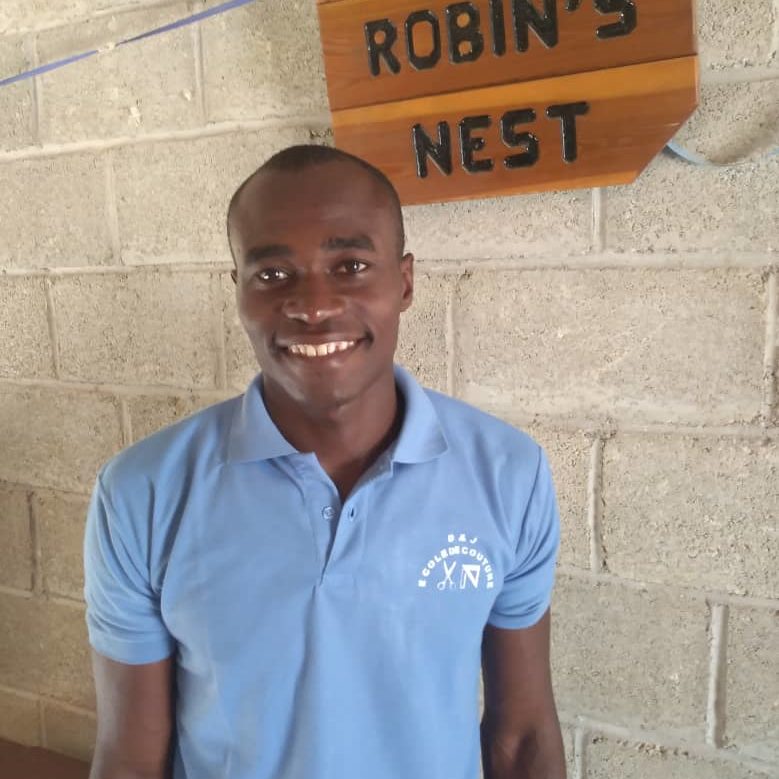
Hanz Joseph is 31 years old. He is looking to the future as he plans to soon be married and start a family.
“I love to set goals and reach those goals,” Hanz said. He is determined to soon have his own sewing business.
Through sewing, he will be able to earn a living and provide for his family.
Armand Dacilien is 51 years old. She feels it’s never too late to learn something new! Armand and her husband have four children and live in Williamson.
Although she’s not brand new to sewing, Armand joined the program so she can better learn how to sew men’s clothing. “I want to be proud of the work that I do, and I want others to be satisfied with the end product,” said Armand.
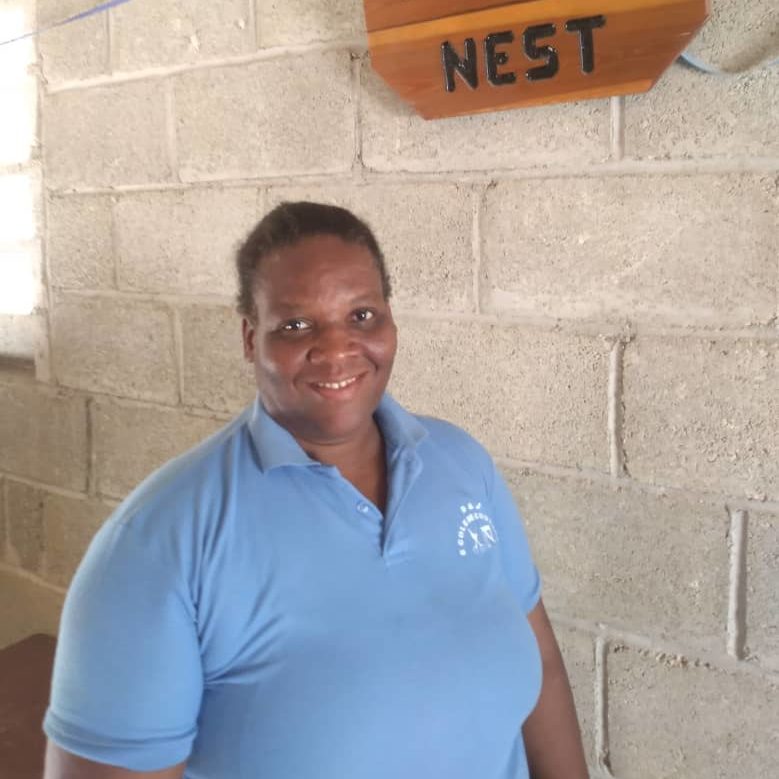
Have you ever wondered how someone in Haiti can make a good living by sewing? Two simple answers to that question are school uniforms & pépé!
SCHOOL UNIFORMS:
School uniforms are an ongoing tradition in Haiti. There is nothing as uplifting as seeing Haitian children of all ages going to school, dressed in their brightly colored uniforms.
Each school has their own color and style of uniform. Every year, the majority of students in the schools need to replace their uniforms. They may be replaced due to wear and tear, moving up a grade level or because they simply have grown!
School uniforms are not purchased by size in a store, but instead fitted and sewn for a particular child. As you can imagine, the months leading up to school are very busy for those in the sewing business.

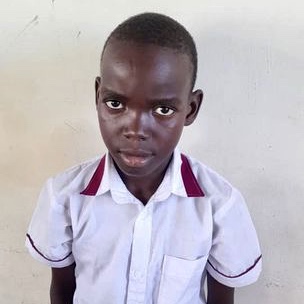
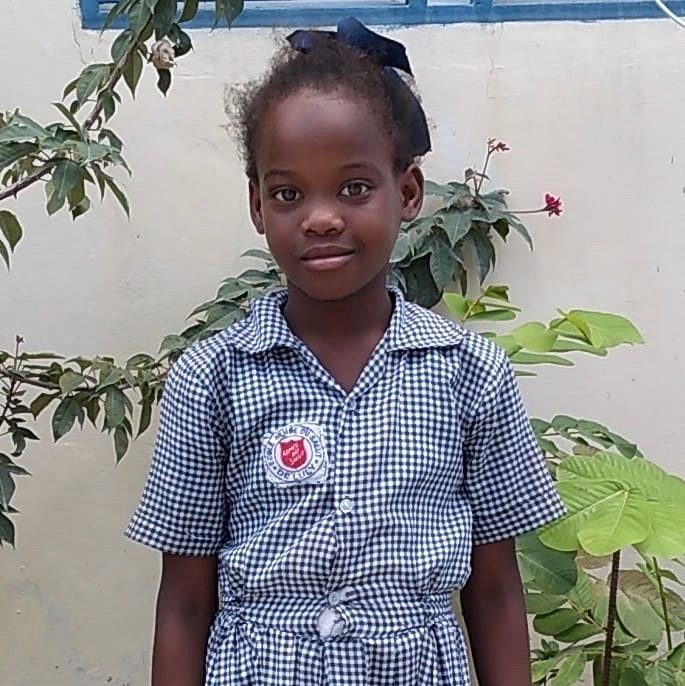
But what about the rest of the year? Once the rush of school uniforms has ended, how do those in sewing continue to earn a living?
PÉPÉ!
Pépé is the word used for the secondhand clothes that are commonly worn in Haiti. The used clothing – usually from the United States – is sent to Haiti in bulk where local vendors purchase and then sell in markets across the country. Your generosity has even helped put some families in business selling pépé over the last several years.
When I go to the store in the U.S. to buy a dress, there is usually an entire rack with all different sizes of that same dress. If I can’t find my size, I simply look online. I can order that same dress in my size and have in shipped directly to my house. In Haiti it’s not that easy.
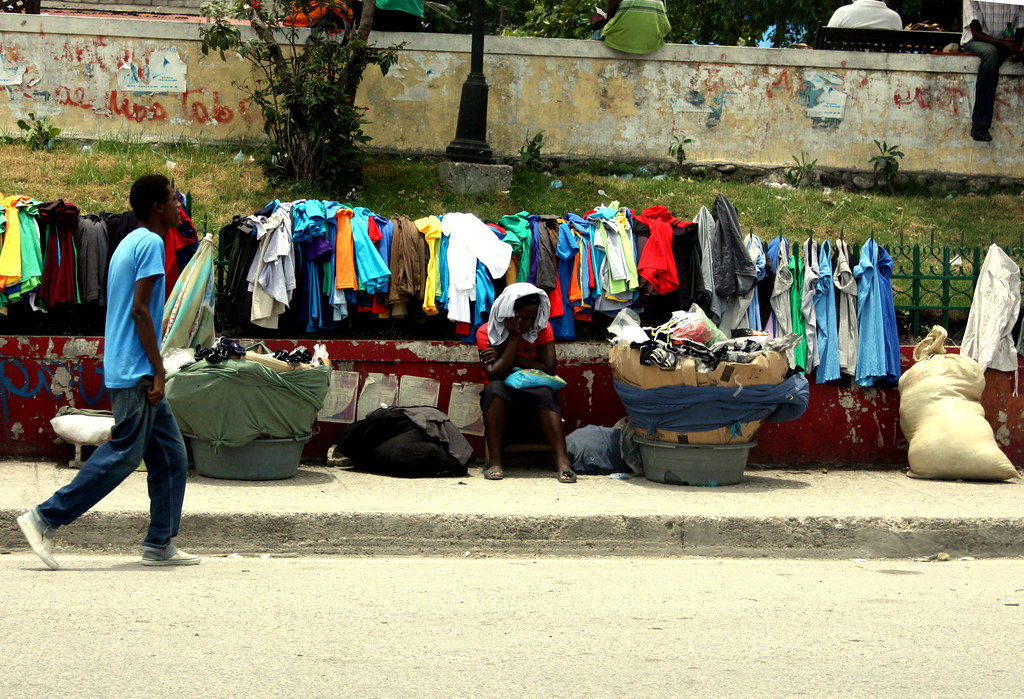
If a woman in Haiti finds a dress she likes with a local vendor, but that dress is not in her size, instead of ordering online, she will take the dress to a local seamstress and have the dress tailored to fit. If her husband needs a new pair of pants, but there are none available in the local market in his size, she can take the pants to the local tailor to be hemmed.
Some people feel that the introduction of pépé into the Haitian markets has hurt the sewing industry. Yet many who have their own sewing businesses have adapted to profit from the sale of pépé. Everyone wants to look good in clothing that fits!
A special thanks to our Cornerstone Club members who are making it possible for Jean Yves and Armand to learn a new trade. Sewing will allow them to earn a living and provide for their families. Whether they are sewing new uniforms for students in the schools, or tailoring pépé purchased in the local markets, they will be applying what they have learned. Thank you for making this possible!
